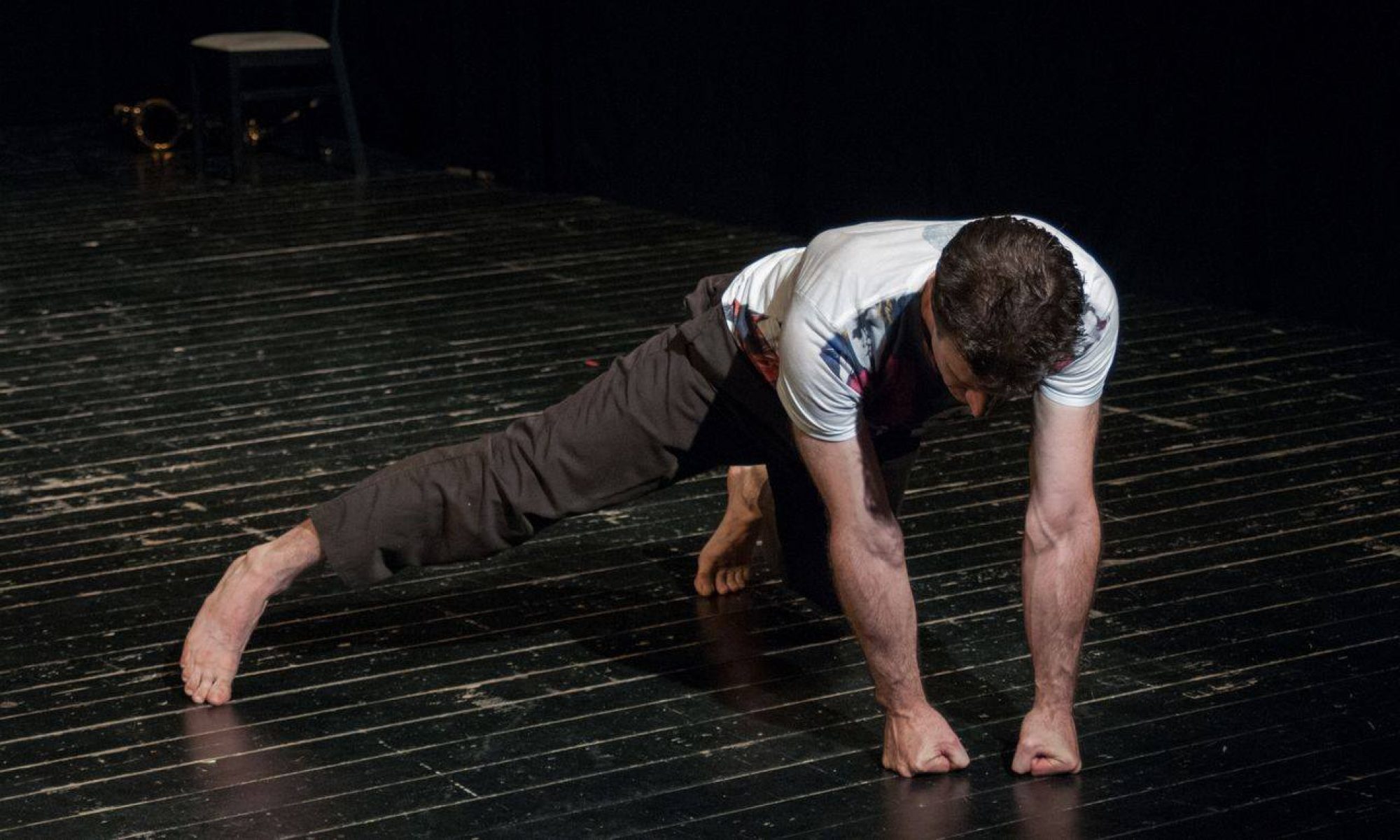Berlin CI Jams: A Personal Reflection
originally posted here in CQ in the Summer/Fall issue from 2013
by Andrew Wass
I have had an ongoing love/hate relationship with the jams in BERLIN, GERMANY, probably mostly due to my issues with CI. When I first got here I was really down on the jams. I felt that people didn’t know how to transition between levels, i.e., do a lift and then continue to the floor; that improvising was more of a theatrical sort than a physical sort; that no one was focused, everyone was chatting; that there was too much influence of Tango and other social dance forms.
Since being in a master’s program in Berlin for the past 1.5 years (Solo/Dance/Authorship at the Hochschulübergreifendes Zentrum für Tanz [HZT]), I think I understand why the CI here in Berlin has the flavor that it does. Dance is in service to theatre. Totally abstract physicality is still somewhat new here. I have encountered the attitude here that pure physicality is not enough, so the theatrical creeps into the dance: the dance of the subject vs. the dance of the object; a dance of chemistry vs. a dance of physics. But maybe that is human nature—that all new tools eventually get pulled back to the human condition. How many millennia on and we are still writing love songs?
After teaching CI for five weeks to the BA students at my school, I had some realizations about the form and what I was trying to convey. As they weren’t the most physical group, they had some difficulty with a more physical approach to CI—that is, taking weight during body surfing, meeting the ground. Because of this, I started to focus more on the improvisation, the “What are we improvising when we do Contact Improvisation” question. Contact as adjective and improvisation as noun. Going away from the vocabulary (choreography/pathways) of contact and more in the direction of what I think Danny Lepkoff talks about.
Since that realization, I have been having a better time at the jams. My duet experiences are not what I enjoy (I prefer the duet style of the California Bay Area/West Coast-lots of negative space between the bodies, full weight, level changes, more bone/muscle than skin, continuation of contact through multiple levels, “forceful” manipulations of partner(s), use of hands, possibilities of staccato and flow), so I have been focusing more on the duet of me and the whole jam. Contact between self and other. When others are having a theatrical/subjective/chemical experience, I can still have a dance/objective/physical experience.
I still think the jams are too theatrical, with not enough ensemble awareness and too much duet social-dance influence. But I have learned how to negotiate this for a more satisfying experience.
The rooms are also either too small or too full, so full extension of body and flying through space are rarely possible.
Thank you for listening.
